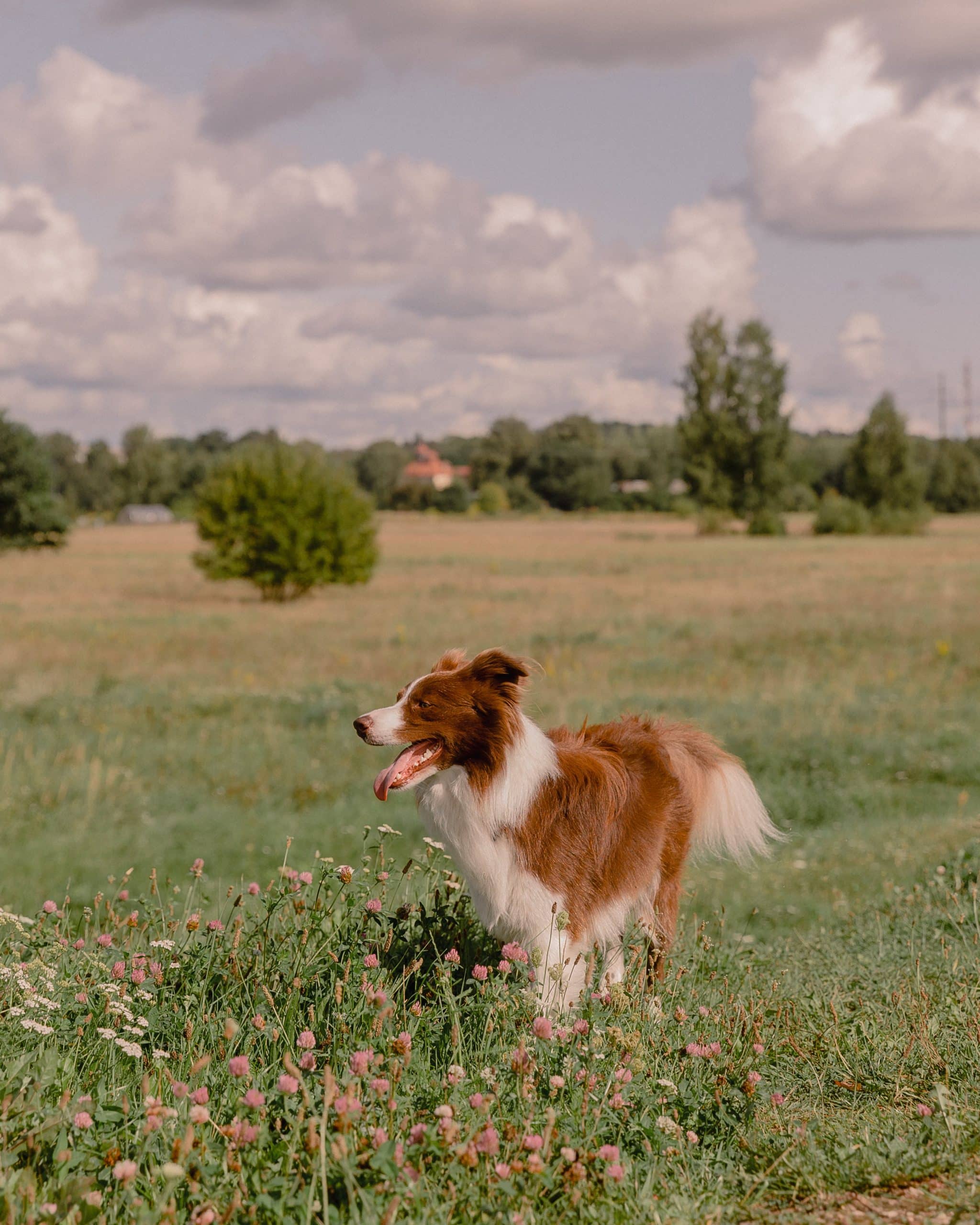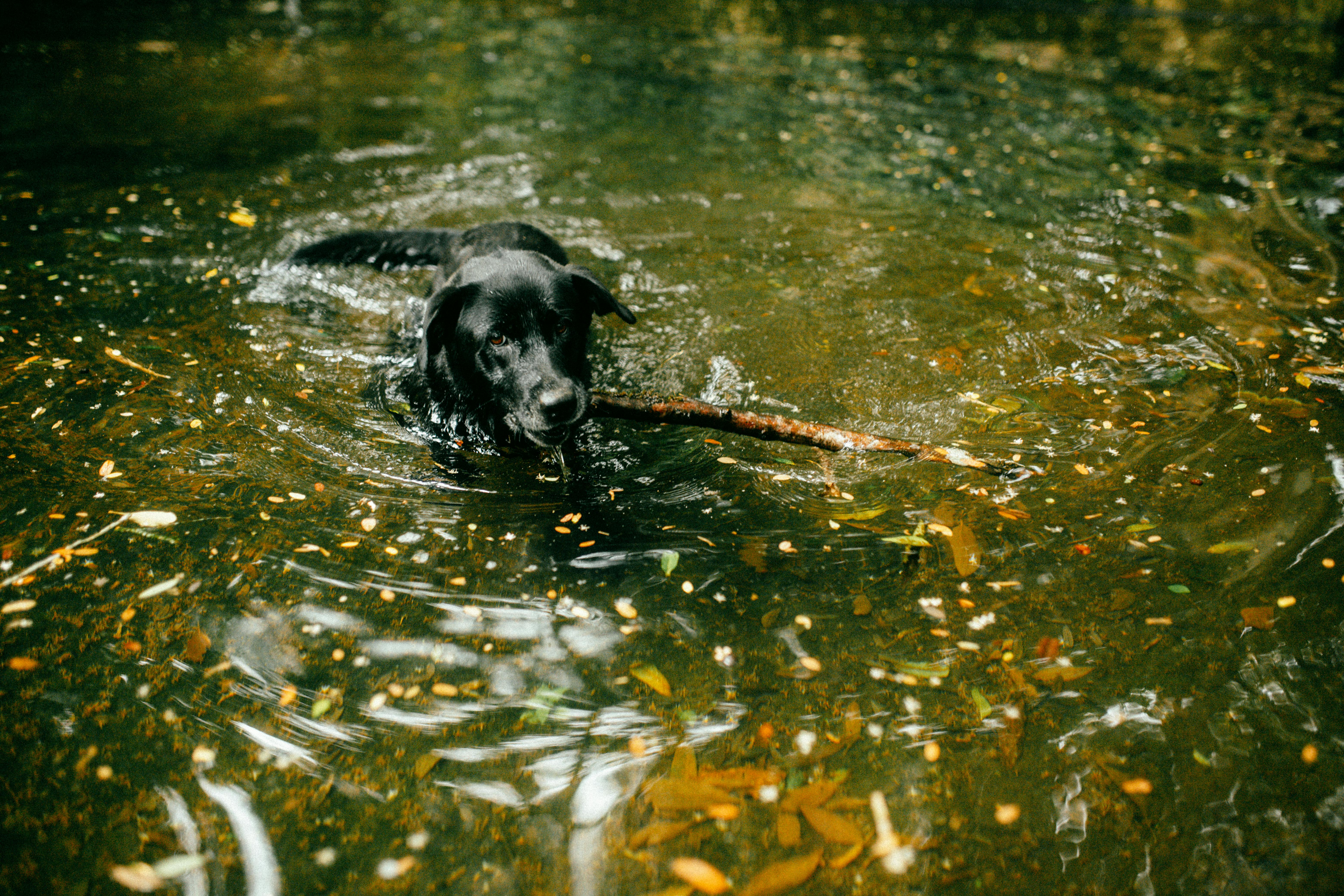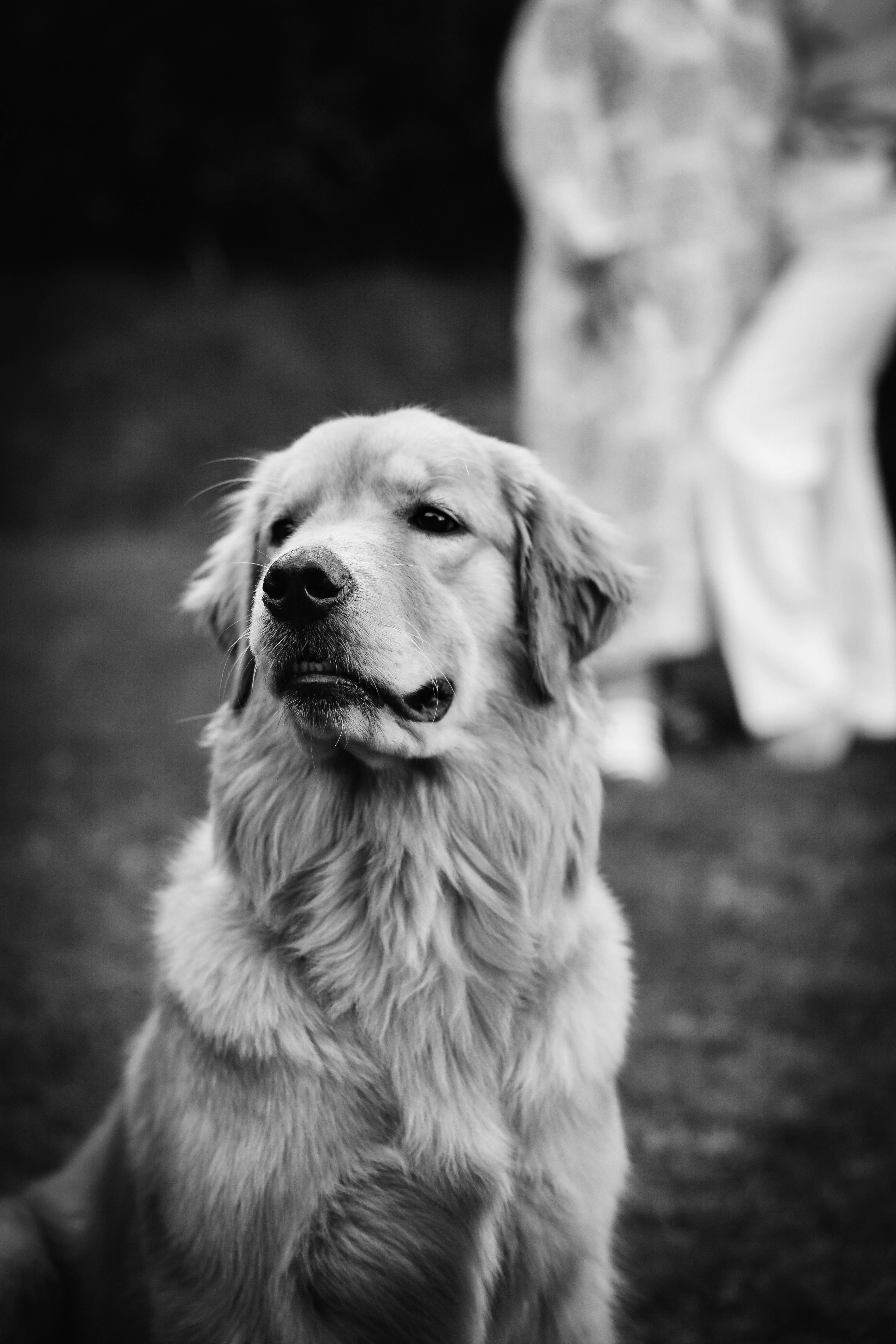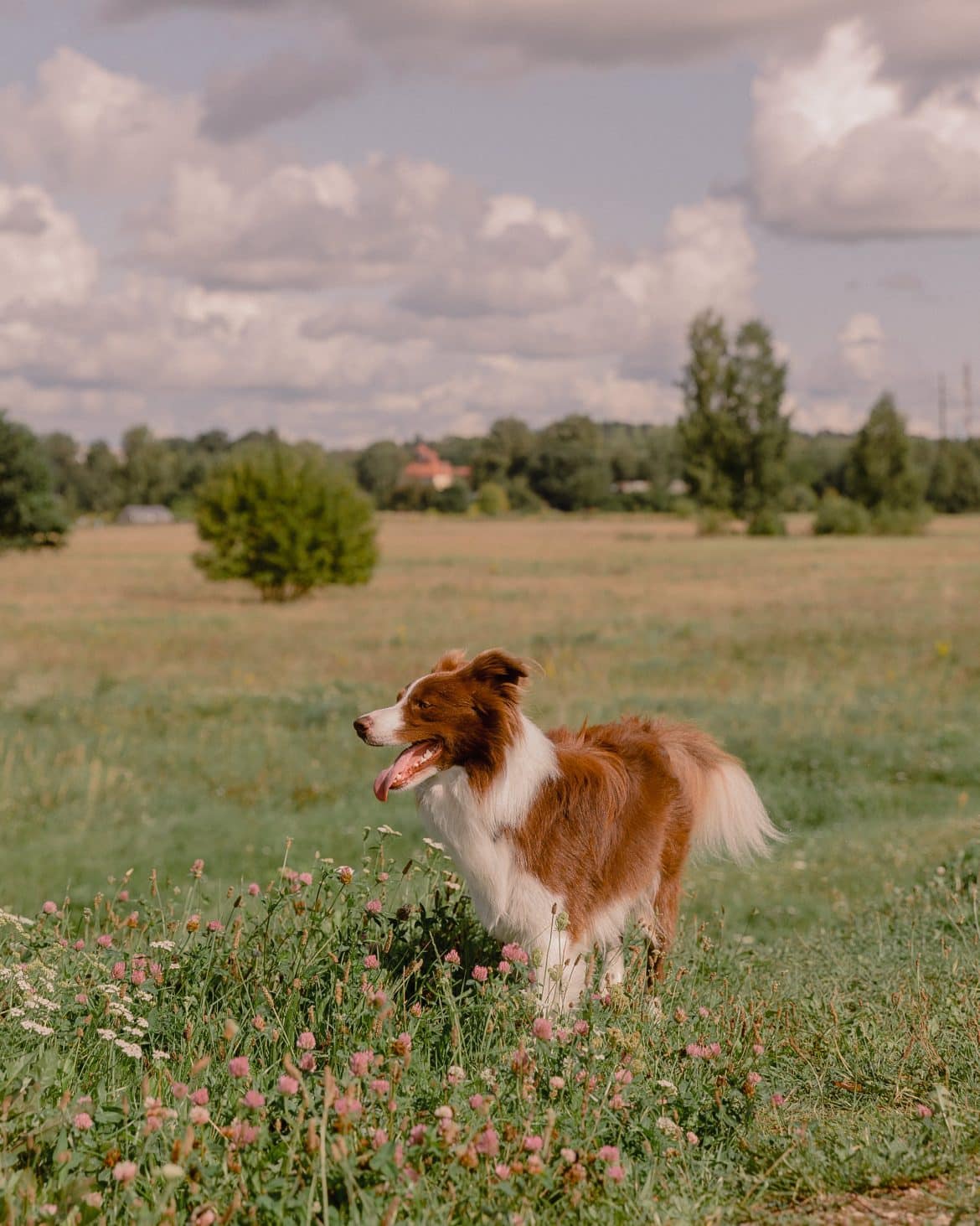Is your furry friend a long-haired dog breed? If so, proper grooming is essential to maintain their beautiful and healthy coat. In this article, we will provide you with five essential grooming tips that will keep your long-haired dog looking fabulous. From brushing techniques to the importance of regular grooming appointments, we'll cover everything you need to know to keep your pup's mane in top shape. So grab your brush and get ready to give your beloved companion the pampering they deserve!
Regular Brushing
Types of brushes for long-haired dogs
When it comes to grooming long-haired dogs, using the right type of brush is crucial. One of the most common types of brushes for long-haired dogs is the slicker brush. This brush has fine, short wires close together, making it perfect for removing tangles and mats from your dog's coat. Another popular option is the pin brush, which has longer pins that help smooth out the coat and remove loose hair. Additionally, using a comb with wide-spaced teeth and a de-matting tool can be useful for dealing with stubborn tangles.
The importance of regular brushing
Regular brushing is essential for maintaining the coat health of long-haired dogs. It helps prevent tangles and mats from forming, which can be uncomfortable for your furry friend. Brushing also removes loose hair and promotes healthy skin by distributing the natural oils throughout the coat. Moreover, regular brushing allows you to check for any skin issues, ticks, or fleas that may be hiding under the hair. By establishing a brushing routine, you can keep your dog's coat shiny, healthy, and free from common grooming problems.

This image is property of images.pexels.com.
Brushing techniques for long-haired dogs
When brushing long-haired dogs, it's important to start from the base of the hair and work your way up to the top. This helps avoid pulling on any tangles or mats, which can cause discomfort. Use gentle, slow strokes and be patient. Make sure to reach all areas of your dog's body, including the chest, belly, and legs. If you encounter a tangle or mat, hold it close to the skin and use a de-tangling spray or conditioner to help make it easier to remove. Remember to reward your dog with treats and praise throughout the brushing process to make it a positive experience for both of you.
Bathing
Choosing the right shampoo and conditioner
When it comes to bathing long-haired dogs, it's important to choose the right shampoo and conditioner specifically designed for their needs. Look for products that are gentle on the skin and coat, free from harsh chemicals, and suitable for long hair. Opt for shampoo and conditioner that nourishes and moisturizes the coat, helping to maintain its health and shine. If your dog has any specific skin conditions or allergies, consult with your veterinarian to find the most appropriate products for their needs.

This image is property of images.pexels.com.
Frequency of bathing
The frequency of bathing will depend on your dog's individual needs and lifestyle. Generally, long-haired dogs require more frequent bathing compared to short-haired breeds. However, over-bathing can strip the coat of its natural oils, leading to dryness and irritation. As a general guideline, it is recommended to bathe your long-haired dog once every 4 to 6 weeks. If your dog gets particularly dirty or has a strong odor, you may need to bathe them more frequently. Always consider the advice of your veterinarian and take into account your dog's specific needs when determining the frequency of bathing.
Proper bathing techniques for long-haired dogs
When bathing your long-haired dog, it's important to prepare properly to ensure a stress-free experience. Start by brushing their coat to remove any tangles or mats before getting them wet. Use lukewarm water and wet your dog's entire body, avoiding the face for now. Apply the shampoo and work it into a lather, making sure to massage it into the coat and down to the skin. Be gentle and avoid scrubbing too vigorously to prevent tangling. Rinse thoroughly to remove all the shampoo, and then repeat the process with conditioner, focusing on the lengths of the hair. After rinsing out the conditioner, gently towel dry your dog and use a blow dryer on a low heat setting for further drying. Remember to reward your dog with treats and praise throughout the bathing process to make it a positive experience for them.
Trimming

This image is property of images.pexels.com.
The importance of regular trims
Regular trims are essential for maintaining the overall health and appearance of long-haired dogs. Trimming helps prevent the hair from becoming too long, which can lead to discomfort, tangles, and matting. By keeping the hair at a manageable length, it also reduces the chances of debris getting stuck in the coat, such as burrs or leaves. Additionally, regular trims allow for better airflow to the skin, reducing the risk of skin infections or irritations. Overall, a well-maintained and properly trimmed coat ensures that your long-haired dog remains comfortable, healthy, and looking their best.
Tools needed for trimming long-haired dogs
To properly trim your long-haired dog, you will need a few essential tools. Invest in a pair of grooming scissors with rounded tips to prevent accidental injuries to your dog or yourself. Thinning shears can also be useful for blending and removing bulk from the coat. Additionally, a electric clipper with various blade attachments will be necessary for achieving specific hair lengths. Combining these tools will help you achieve a precise and professional-looking trim for your long-haired dog.
How to trim different parts of the body
When trimming different parts of your dog's body, it's important to approach each area with care and caution. Start with the face and ears, using grooming scissors or thinning shears to carefully remove any excess hair around the eyes and ears. Next, move to the body and legs, working in small sections to maintain an even and balanced look. Trim the hair to your desired length, following the natural contours of your dog's body. Be especially careful when trimming sensitive areas, such as the paws and underbelly, to avoid causing any discomfort. Take breaks as needed and reward your dog with treats and praise throughout the trimming process to create a positive experience for them.
Coat Maintenance
Dealing with tangles and mats
Tangles and mats are common issues for long-haired dogs and can be painful if left unattended. Regular brushing, as mentioned earlier, is the best way to prevent tangles and mats from forming. However, if you do encounter them, it's important to handle them properly. Start by using your fingers or a comb with wide-spaced teeth to gently separate the hair around the tangle. Apply a detangling spray or conditioner to help loosen the knot. Use a de-matting tool or a slicker brush to gently work through the tangle, taking care not to pull on the hair. For more stubborn mats, it may be necessary to carefully cut them out using grooming scissors. Remember, if the mats are severe or are causing discomfort to your dog, it's best to seek the assistance of a professional groomer.
Preventing and managing shedding
Shedding is a natural process for all dogs, including long-haired breeds. However, there are ways to manage and minimize shedding to keep your home and your dog's coat cleaner. Regular brushing helps remove loose hair before it can fall out around your home. Consider using a de-shedding tool or a slicker brush designed specifically for reducing shedding. Additionally, ensuring your dog's diet is balanced and includes essential fatty acids can promote healthy skin and coat, reducing excessive shedding. If you notice excessive shedding or changes in your dog's coat, consult with your veterinarian to rule out any underlying health issues.
Using coat sprays and creams
Coat sprays and creams can be beneficial for maintaining the health and appearance of your long-haired dog's coat. These products help to moisturize and nourish the hair, reducing dryness and preventing tangles and static. Look for coat sprays and creams that are specifically formulated for long-haired dogs and are free from harsh chemicals that could damage the coat. Apply these products after bathing or brushing to keep the coat soft, smooth, and easily manageable. Always follow the instructions on the product label and avoid using too much, as excessive use may make the coat greasy or weigh it down.


